Dear readers, we have reached the final stop in our long time travel following the Beatles’ adventures in Japan. This time around we are having a look at some of the few places the Fab Four were able to see with their own eyes, so if you are in Tokyo (or plan to visit, sooner or later…) you can check them out for yourself.
The life of a touring band is hard and not as interesting as their fans are often led to believe. The Beatles’ tour of Japan in 1966 is a case in point. Though the band was looking forward to traveling to Asia and exploring its exotic culture, security was so tight that they ended up spending most of the time either in their hotel or at the venue where they rehearsed and played their five concerts.
Apart from that, all they could do was “admire” from inside their car a three-kilometer strip of Tokyo separating the two places. And little else. So let’s pay a visit to the spots the Beatles saw with their eyes and check what has survived the passage of time.
As soon as the Fab Four landed at Haneda Airport, on 29 June, they were put into a car and taken to their hotel. Here we have our first and biggest surprise because though a hotel is still standing, it’s not the same building where the Beatles stayed.
In 1966 it was called the Tokyo Hilton Hotel. Completed three years earlier, at the time it was Japan's first foreign-owned hotel. Alas, the hotel has been rebuilt and today is called Capitol Tokyu. Yet, a few features have been spared as a homage to those days.
The wall in the banquet hall on the first floor, for instance, is a reproduction of the one in the old Pearl Room where the Beatles held their press conference.
Today it is called, quite nostalgically, Memorial Wall. However, its distinctive geometric pattern still feels modern after 55 years.
Another precious item can be found at the hotel’s Capitol Bar: it’s a jar that at the time was placed in the Presidential Suite where the Beatles stayed.
The elevators were locked out to other guests on the tenth floor where the suite was located. The Presidential Suite was an open-plan living/dining room sandwiched between two twin bedrooms. It was here that the band ate meals via room service, received visitors, watched TV, listened to music, and painted.
If you were wondering why the precious jar was moved to the bar, it’s because unfortunately the famous Suite 1005 is no more. In 2006, when the hotel was torn down, spending a night in the Presidential Suite cost 200,000 yen per person.
The Capitol Hotel Tokyu can be directly accessed from Exit 6 of Tokyo Metro Kokkai-Gijidomae Station. It is located in Nagatacho, a central district that is synonymous with politics. Indeed, once we leave the hotel, our walk takes us along the rear side of the National Diet, the country’s Parliament. In the same area you will find the Prime Minister's residence and the Supreme Court of Japan.
Detail of the National Diet Building
The National Diet in the 1930s.
On the way to the Nippon Budokan – the sports arena where the Beatles played their five concerts – the best thing to do, from a sightseeing point of view, is to follow the moat surrounding the Imperial Palace. Just remember, when you reach Hanzomon Gate, to cross the wide avenue then turn right and check out the Kojimachi Fire Station.
The Beatles’ visit was treated by the authorities as a high-risk event that required the close collaboration of the Tokyo Metropolitan Police and the Fire Department. The Kojimachi station, being the closest one to the Budokan, was in charge of the venue evacuation plan in case of an accident.
Security was a major operation that overall involved between eight and ten thousand people and cost 90 million yen. Luckily, in the end the only casualties were a few fans who fainted and were taken to the first-aid room, while the lost and found official score was: 10 umbrellas, 4 cardigans, and 2 ladies’ watches.
The Kojimachi Fire Station was first opened in 1881 and apparently this spot is not where it stood in 1966 (it was relocated here in 1991).
Next, let’s retrace our steps to the Imperial moat and stroll along Chidorigafuchi. During the three days of the concerts, the whole area was swarming with fans and policemen.
The Beatles are long gone but the cops are still there, guarding the entrances to the Imperial Palace.
Chidorigafuchi is a particularly nice section of the moat. In the spring, it’s one of the best places in Tokyo to enjoy the cherry blossom, while couples can be seen year-round paddling on rented boats.
In early July 1966, though, Chidorigafuchi was a major gathering point for the thousands of fans who were waiting to enter the Budokan, while the quiet waters underneath them were patrolled by the police.
Chidorigafuchi stretches for about one kilometer on the west side of the Imperial Palace, all the way to Tokyo Metro Kudanshita Station and Tayasu Gate, through which one can reach the Budokan. However, midway through this part of our walk, we have to take a detour. Let’s cross Yasukuni-dori and pay a visit to Yasukuni Shrine.
The police had blocked all the streets that crossed the route the Beatles travelled every day on their way to the Budokan. However, on the day of the first show, a vehicle from the Dai-Nippon Aikokuto (Greater Japan Patriotic Party) somehow managed to sneak in between the Tayasu Gate and Yasukuni Jinja, a controversial shrine dedicated to the country’s war dead1. The right-wing contingent then proceeded to pass out flyers that read “[Who are these] ignorant youth who pay more attention to the stupid Beatles than the importance of their country!”
Tokyo is a peaceful city, and Yasukuni Jinja is one of those rare places in which fights and clashes between opposite political groups and the police are more likely to occur, particularly around 15 August, the day when the country remembers its defeat in the Pacific War.
A right-wing van near Yasukuni.
Because of its connections with Japan’s imperialistic past, the shrine often attracts one group or another belonging to the vast right-wing ultranationalist movement (in 1996 and 2013, the National Police Agency estimated that there were over 1,000 such groups in Japan with about 100,000 members in total).
The Greater Japan Patriotic Party was born in 1951, and in 1966 was one of the more active groups in demonstrating against the Beatles and the desecration of the Budokan. Though all these groups are usually harmless and content themselves with driving around in their colorful vans and blasting patriotic songs from their loudspeakers, they have a darker, more violent past that includes two murder attempts just a few years before the Budokan concerts. On 12 October 1960, a 17-year-old terrorist murdered Asanuma Inejiro, the leader of the Socialist Party, during a public speech. Then, on 1 February 1961, another 17-year-old tried to kill the president of a magazine company that had published a short story depicting the beheading of the Imperial Family.
Both teenagers belonged to the Aikokuto.
Photo by Miki Yoshihito
Let’s cross back to the Imperial Palace and enter the Imperial grounds through Tayasu Gate. Originally constructed in the early 17th century, today’s version dates back to 1635, making it Edo Castle’s oldest remaining gate. Before the castle was built, this area was a rural district. Tayasu is a typical Masugata-style gate consisting of several parts: a Korai-style outer gate, a Yagura-style inner gate, and highly-stacked stonewalls surrounding a narrow defensive square. Tayasu Gate gives you access to Kitanomaru Park and a few buildings including the final goal of our walk, the Nippon Budokan.
Built in 1964 to host the first-ever Olympic Judo competition, the Budokan is mainly devoted to martial arts but through the years it has become a popular venue for professional wrestling (including the farcical 1976 match between Muhammad Ali and local pro-wres hero Antonio Inoki) and especially for live concerts, many of which have been released as successful live albums.
When the Beatles were in town, the place was in a full state of alert, with a seemingly endless convoy of police cars parked along the path leading to the octagonal-shaped arena. Today this part of Tokyo is much quieter. Couples and small groups of people stroll around the park, and even for the anniversary of the concerts, nobody gathers to remember this historical event.
The Capitol Hotel Tokyu
2-10-3 Nagatacho, Chiyoda-ku
The Capitol Bar is open 16:00-24:00Kojimachi Fire Station
1-12 Kojimachi, Chiyoda-kuYasukuni Shrine
3-1-1 Kudan-Kita, Chiyoda-ku
Open 6:00-18:00Nippon Budokan
2-3 Kitanomaru Koen, Chiyoda-ku
A few days ago I watched the 2004 documentary The Led Zeppelin Story on YouTube. According to this film, they became so popular in the 1970s that they were considered bigger than the Beatles. Really? What a load of bull. Anyway, next week we are changing subject. Please let me know in the Comment section if there is anything you would like me to write about. Do you like travelogues, interviews, naughty bedtime stories? Till then, stay safe and be good.
I have written an article on the history and nature of Yasukuni Shrine for the Japan Times. Unfortunately, it is behind a paywall. If enough readers are interested, I will post it here.

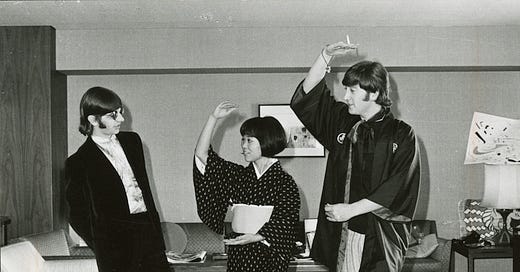




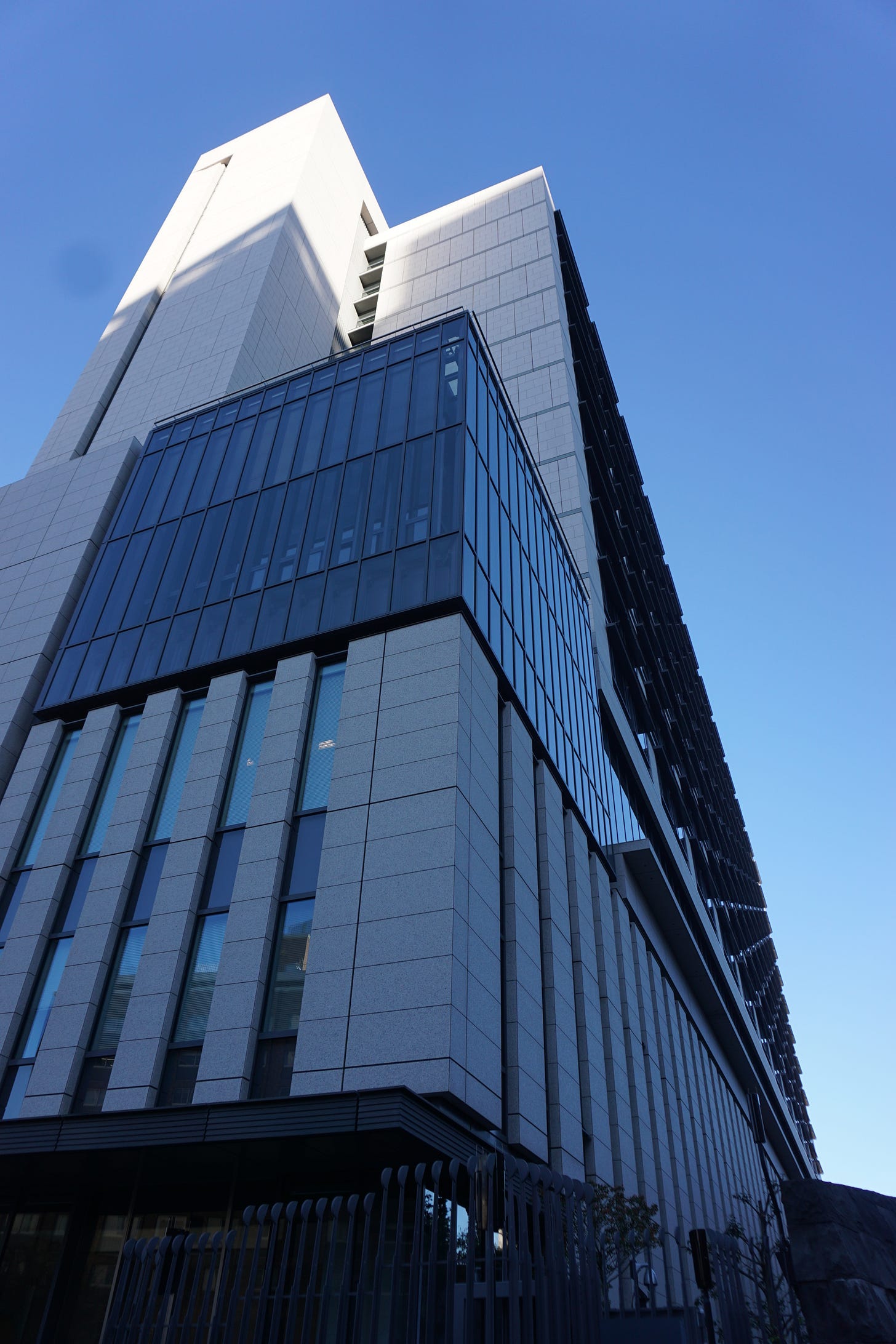
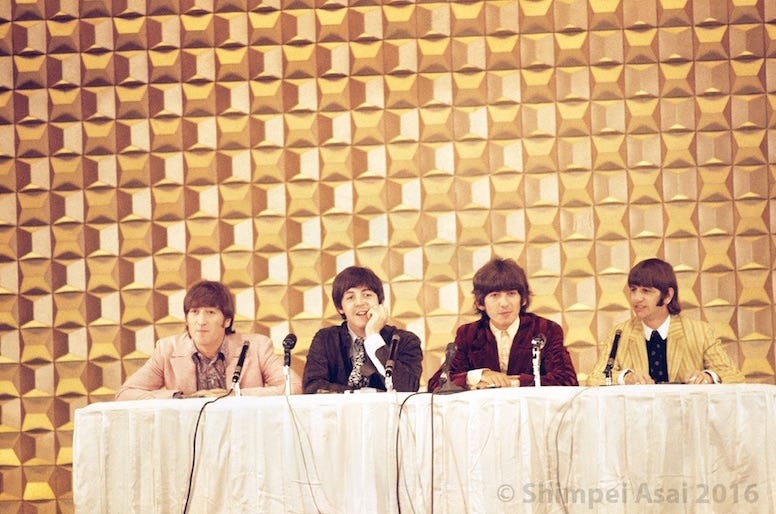
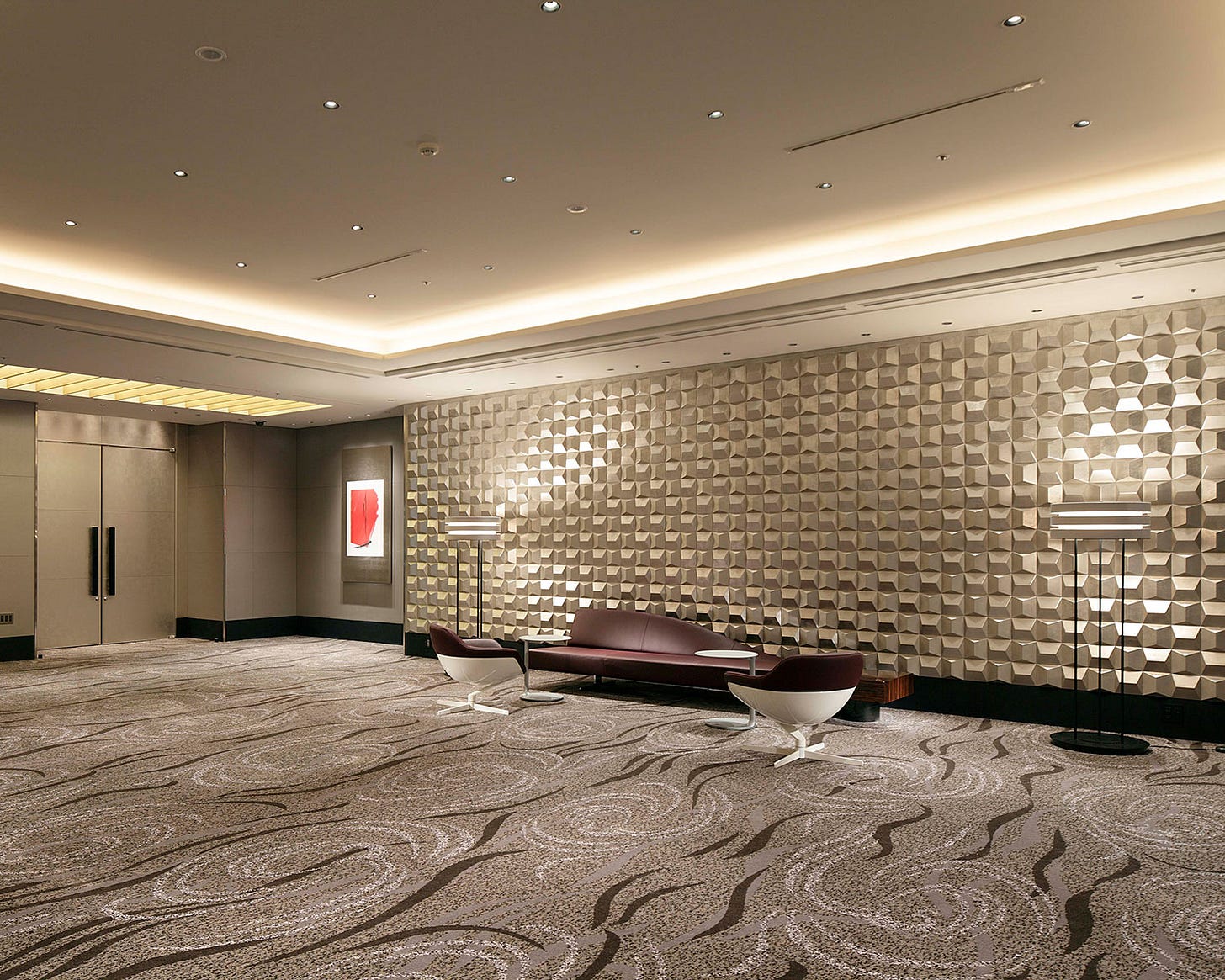
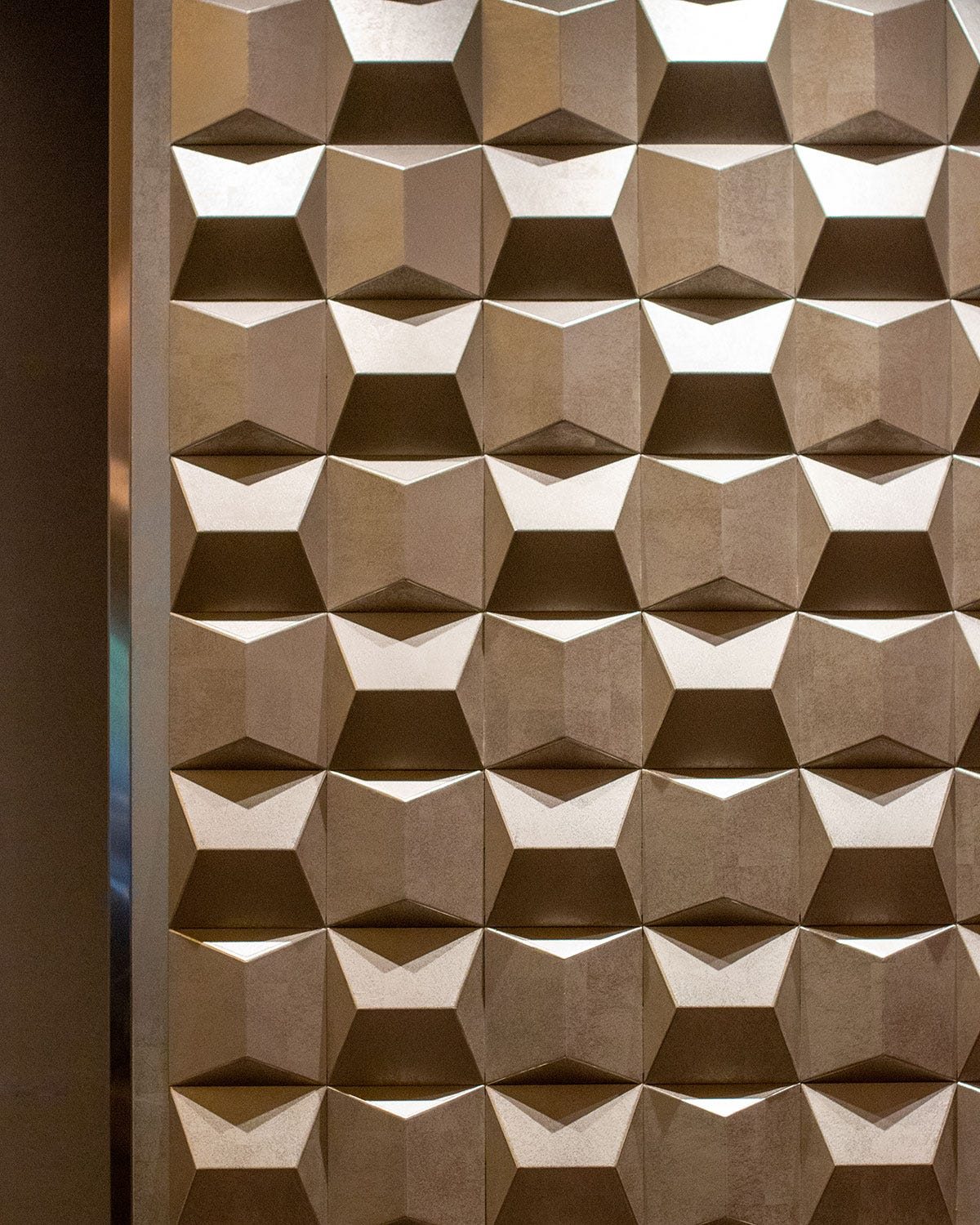
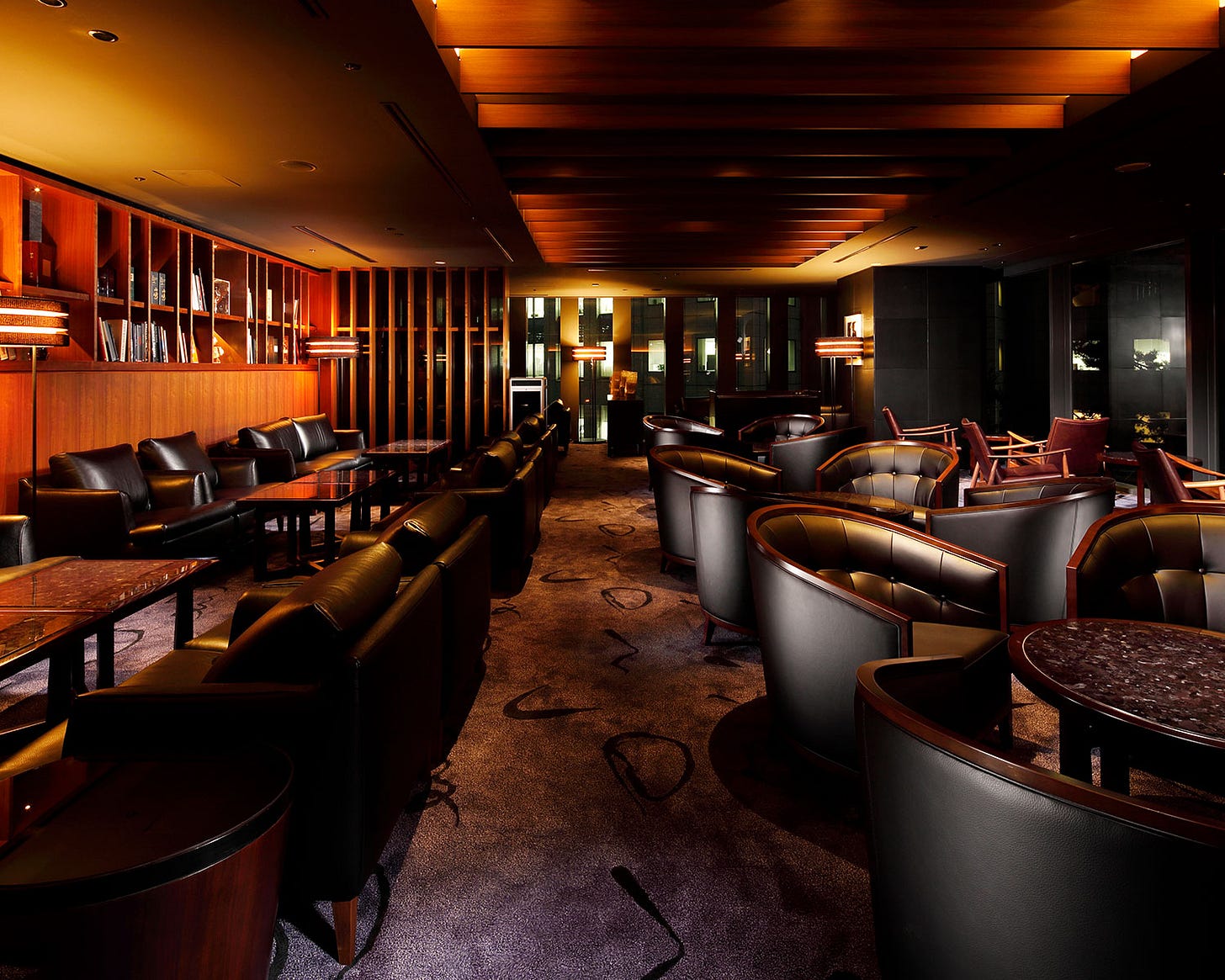




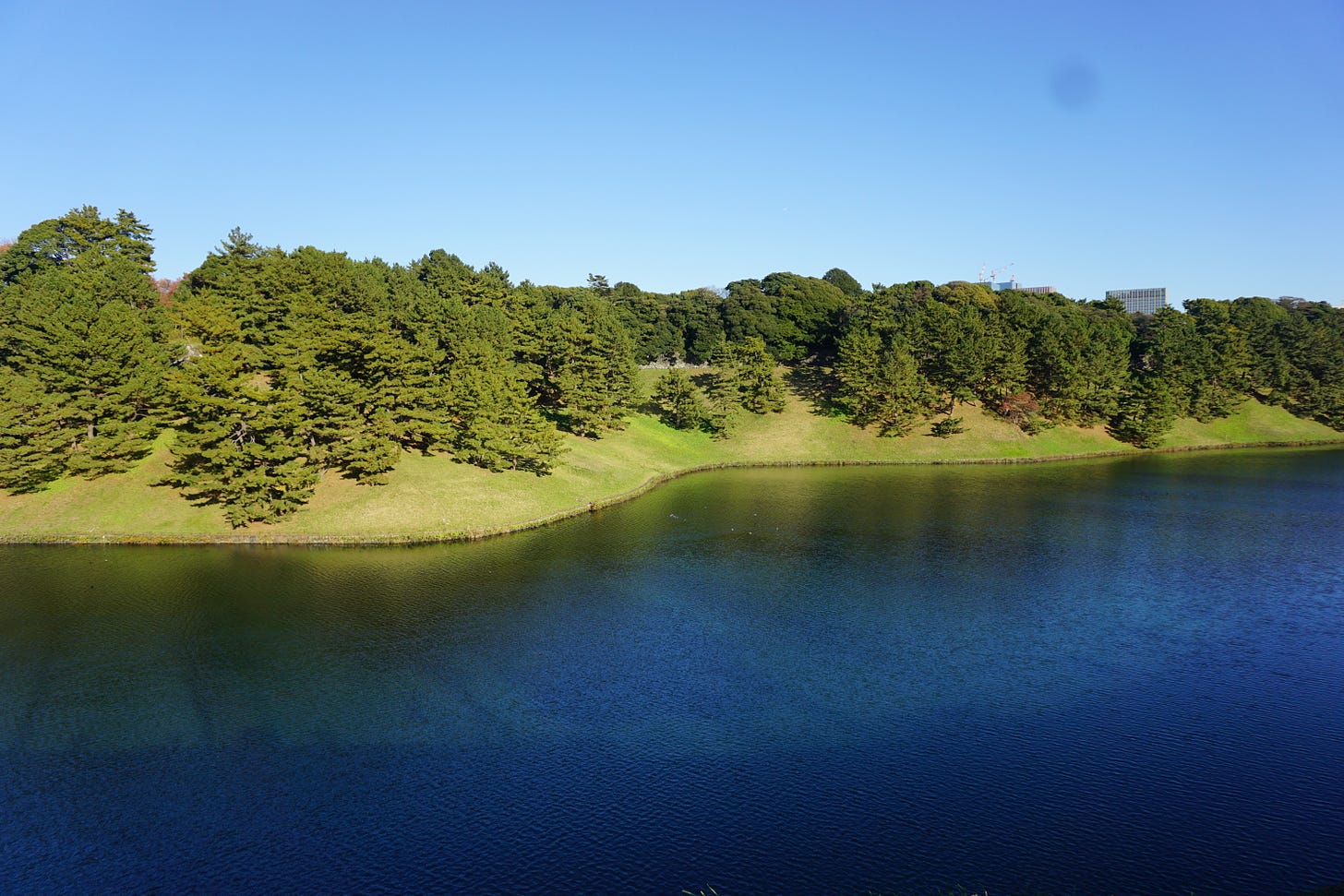
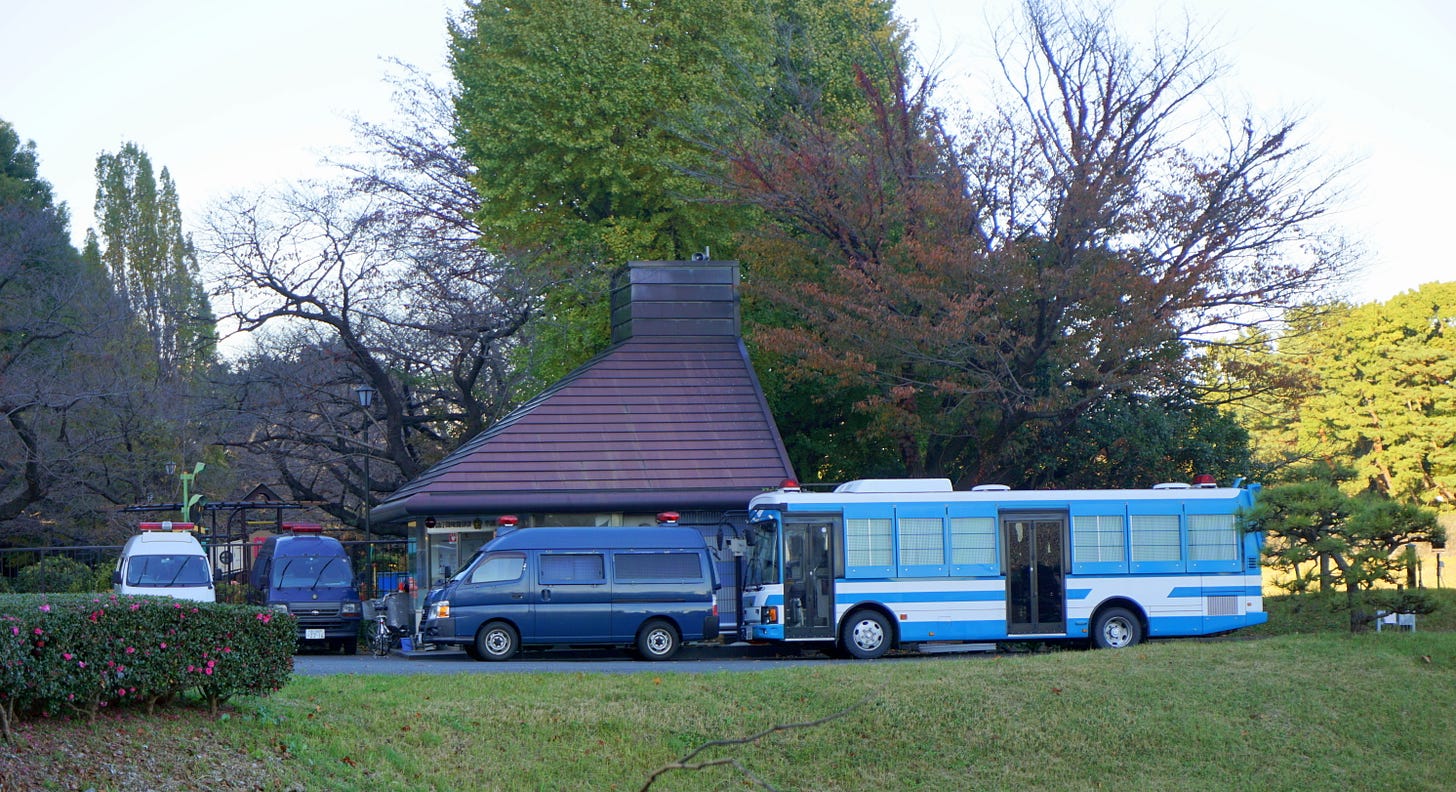

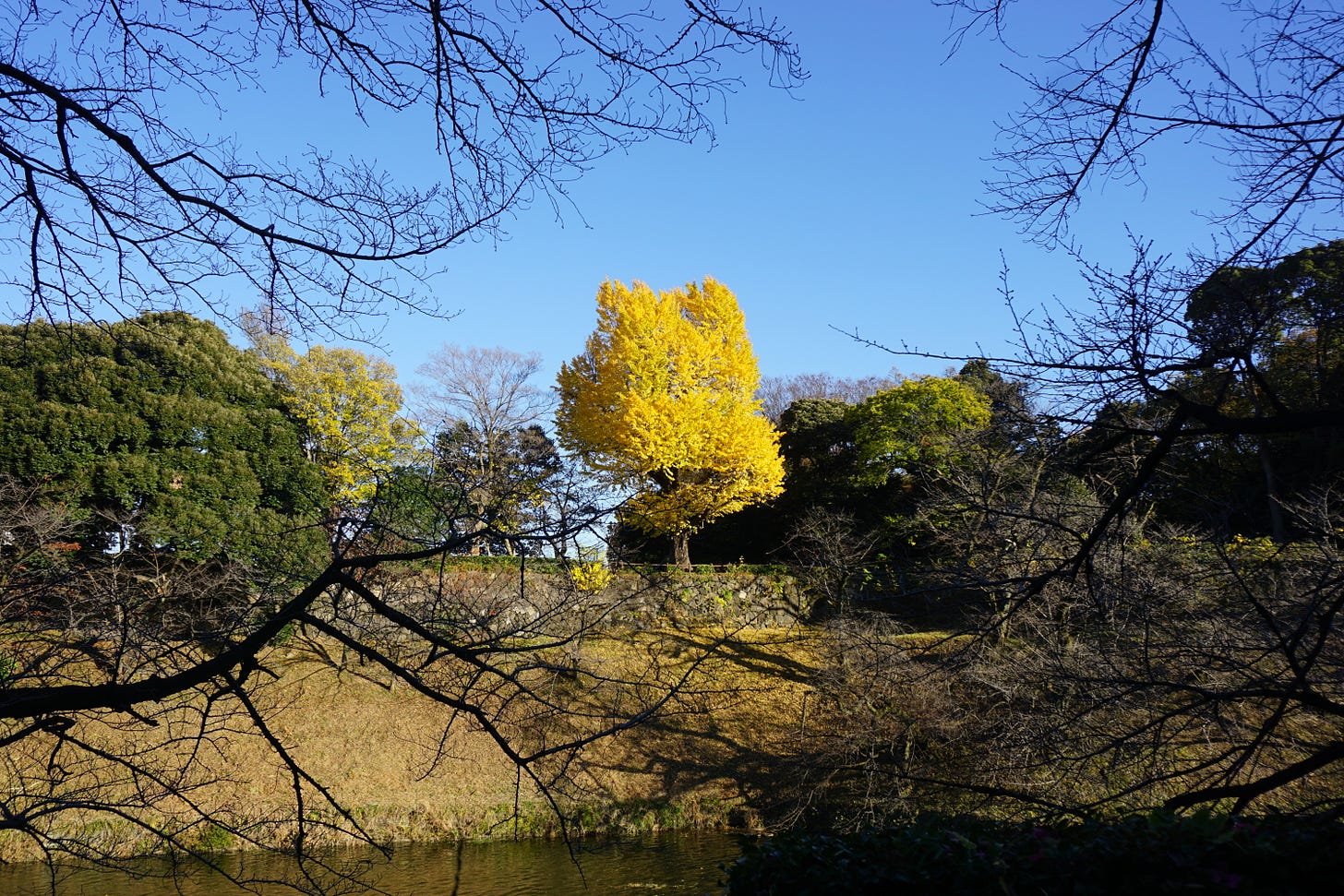


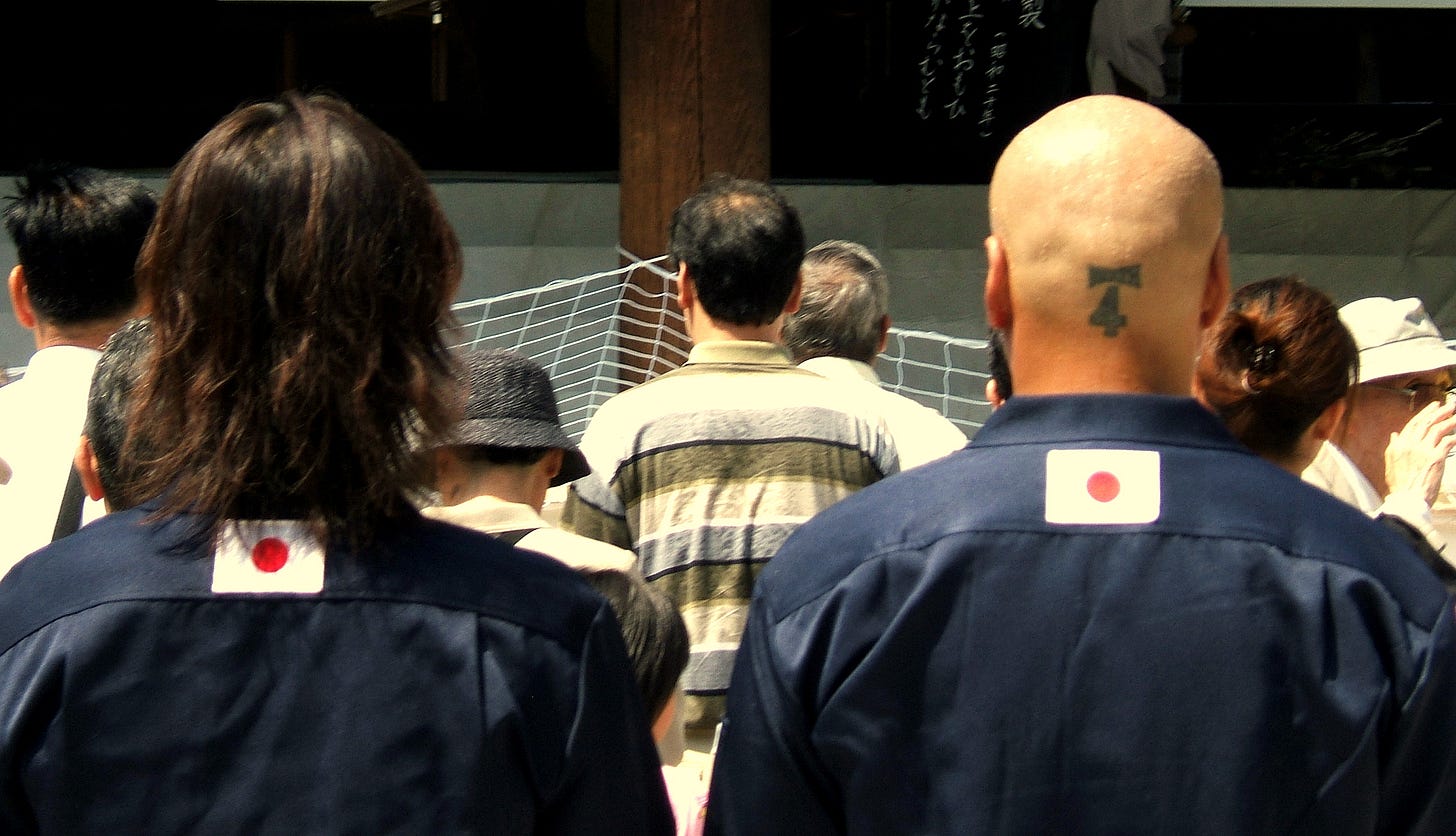



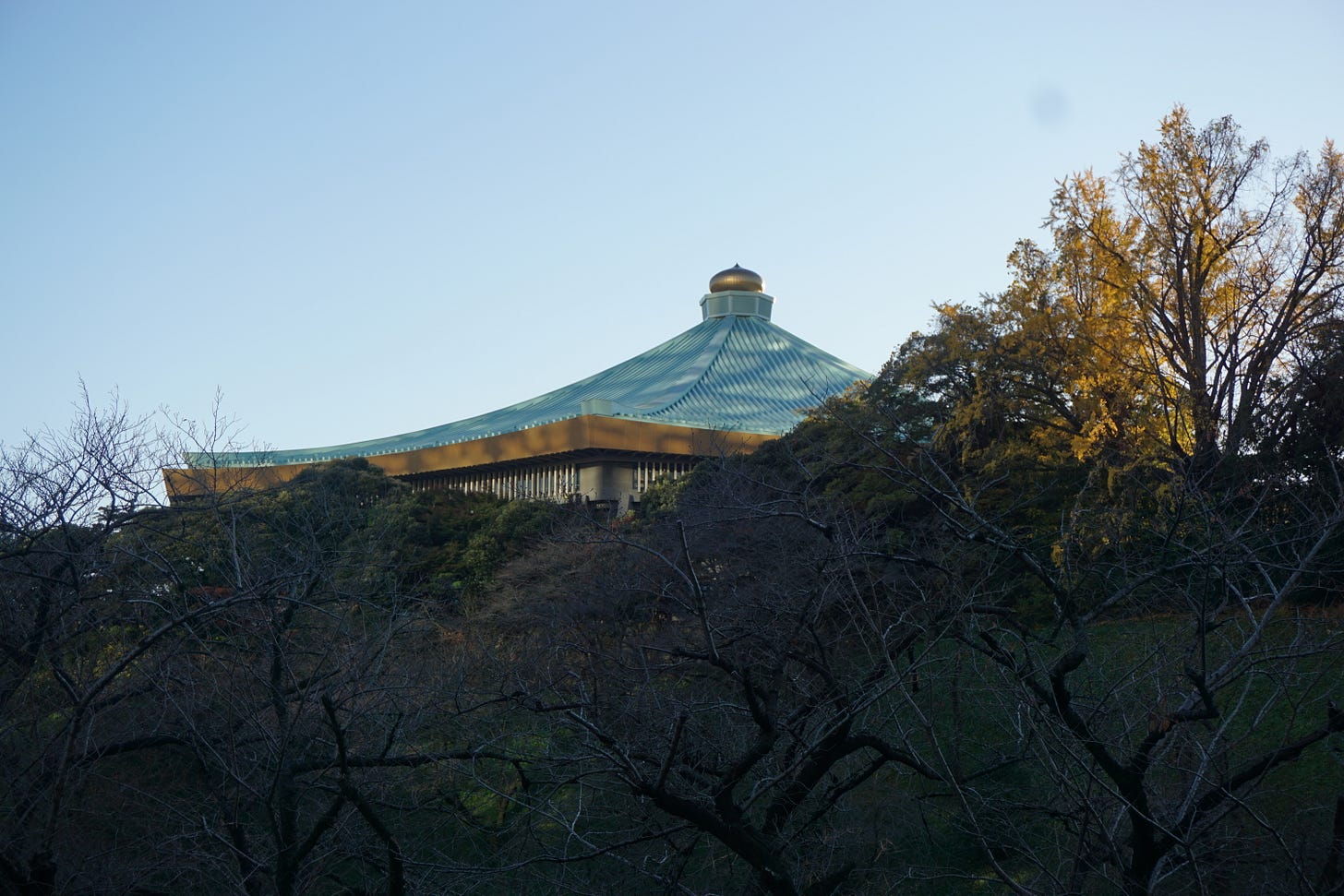

Great read, Gianni. Whenever I hear about the Budokan I immediately think of Deep Purple and next thing I’ve got “Smoke on the Water’ on repeat in my head 😂 Beatles vs Zeppelin? I think a sticking point has been that in some counts the White Album was counted as 2 albums. Either way, two amazing bands.
Hey Gianni, I really enjoyed your Beatles' Magical Mystery Tour! So entertaining and informative, well written, and the photos are outstanding. Well done. I look forward to your next subject.